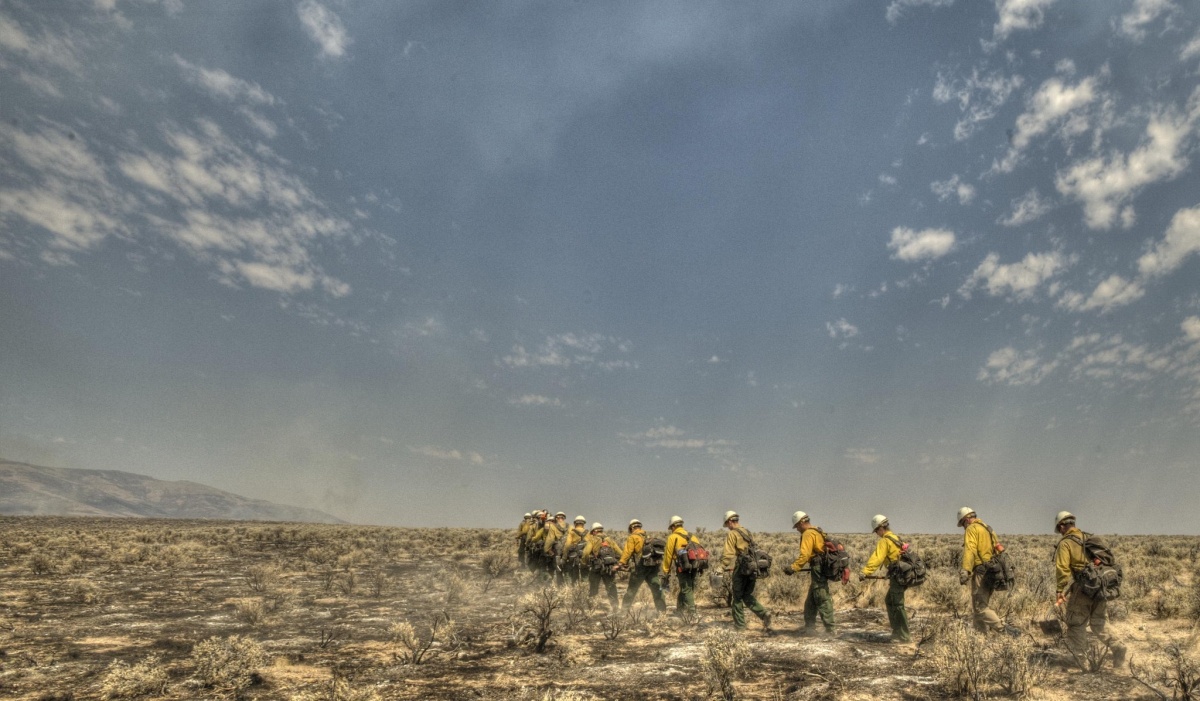Shared Conservation Strategies
Because so many of the issues that confront the management of the public lands transcend traditional organizational boundaries, the BLM has been working to improve the ways it coordinates and cooperates with others on land conservation strategies.
For many years, the agency has been pursuing a Healthy Lands initiative which seeks to maintain, improve or restore the health and productivity of western lands. Rather than act alone, this approach prioritizes conservation efforts on areas where we can come together with our partners to conserve significant landscapes – federal and non-federal alike. Healthy lands initiatives can and do encompass a wide range of projects, from fuels treatment programs designed to reduce fire threats before a fire can start to programs that remove invasive plants such as salt cedar that can push out native vegetation and dominate local water supplies.
The Healthy Lands program recognizes that conserving wildlife and habitat is also beneficial to local communities, particularly those whose economics are tied to fish, wildlife, and healthy watersheds. Increasing our partner-driven efforts allows us to more effectively:
- Prevent weeds from spreading;
- Prevent the spread of insect infestations that harm native habitat; and
- Keep habitat suitable so that wide-ranging species can flourish.
In a related effort, the BLM and its partners have created the Fire and Invasives Assessment Tool or FIAT to help guide efforts addressing the increasing spread and dominance of invasive species, most notably cheatgrass, in the sage steppe habitat of the Great Basin. The FIAT assessments began with a review of the areas most at risk from threats of wildfire, invasive annual grasses, and conifer expansion. Based on this review, teams of specialists from state and federal agencies crafted five localized management strategies and potential treatments to address the threats to sage brush habitats of the west and the hundreds of animals that rely on it for survival. Today, the BLM and its partners are using the FIAT reports to prioritize actions that prevent and suppress wildfires and to restore ecosystem health when wildfires occur.

